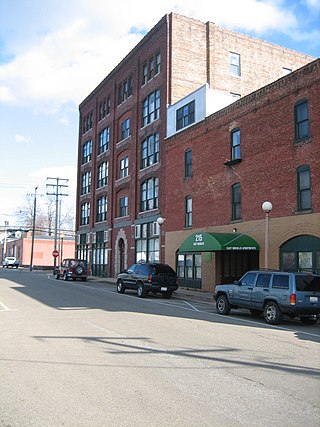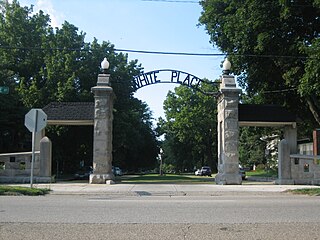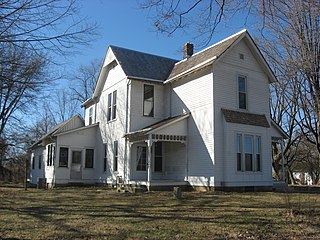7 Sights in Bloomington, United States (with Map and Images)
Legend
Welcome to your journey through the most beautiful sights in Bloomington, United States! Whether you want to discover the city's historical treasures or experience its modern highlights, you'll find everything your heart desires here. Be inspired by our selection and plan your unforgettable adventure in Bloomington. Dive into the diversity of this fascinating city and discover everything it has to offer.
1. David Davis Mansion
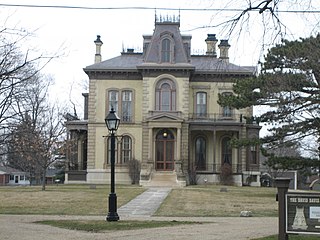
The David Davis Mansion, also known as Clover Lawn, is a Gilded Age home in Bloomington, Illinois that was the residence of David Davis, Supreme Court justice (1862–1877) and U.S. Senator from Illinois. The mansion has been a state museum since 1960. It was added to the National Register of Historic Places in 1972 and was designated a National Historic Landmark in 1975.
2. White Building
The White Building, also known as the Heberling Building, is located in the city of Bloomington, Illinois, United States. Located along Bloomington's East Douglas Street, the building was added to the National Register of Historic Places in June 1994 and represents one of the better examples of Commercial style architecture still extant in the city. It was built by Bloomington resident Samuel R. White in 1894–1895 to house his furniture sales company. By 1903 the Heberling Brothers pharmacy and their associated businesses occupied most of the building and the White company had moved its facilities to a nearby location. The White Building is a five-story red brick building which is elaborately windowed and has a three-story connected extension to its west which probably predates it.
3. White Place
The White Place Historic District is a residential historic district in Bloomington, Illinois. The district includes houses on White Place, North Clinton Boulevard, and the east side of Fell Avenue bordered to the south by Empire Street and Emerson Street to the north. These houses were largely built between 1895 and 1928, and many of them were built shortly after S. R. White platted White Place. The homes in the district were designed in a variety of architectural styles; styles prominently featured in the district include Prairie School, American Craftsman, Colonial Revival, Victorian, and Spanish Colonial.
4. Cedar Crest
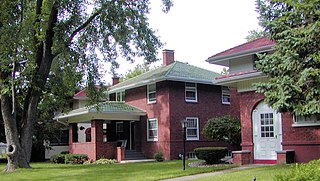
The Cedar Crest Addition Historic District is a residential subdivision and historic district in Normal, Illinois. The subdivision is bounded roughly by Division Street to the south, Highland Avenue to the north, Fell Avenue to the west, and a local recreation trail, the Constitution Trail, to the east. Developed from 1914 to 1930, Cedar Crest Addition was the first large planned subdivision in Normal. Prior to its construction, Normal lacked paved streets and townwide electrical, sewer, and water systems and was considered more a rural area than a proper suburb of Bloomington. Planner Burt Marley Kuhn and architect Aaron T. Simmons planned the subdivision to be more developed and organized; in particular, it featured tree-lined curvilinear streets inspired by the City Beautiful movement. Simmons designed many of the houses in the district in the then-popular American Craftsman style, another modern addition to Normal. The subdivision gave Normal a much more modern reputation, and a local historian called it "one of the most important additions ever made to Normal" in the 1920s.
5. WonderLab Museum
The WonderLab Museum of Science, Health & Technology is a science museum located in the city of Bloomington, Indiana, United States. It was incorporated in 1995 as a private 501(c)(3) non-profit organization. WonderLab is a member of the Association of Science-Technology Centers.
6. McLean County Museum of History
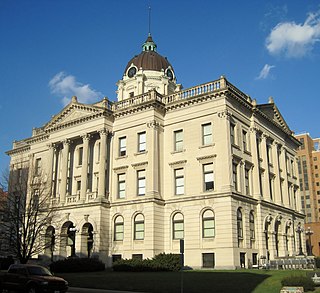
The McLean County Museum of History is an AAM accredited institution located in Bloomington, Illinois. It is the principal asset of the McLean County Historical Society, an Illinois nonprofit organization, which was founded in 1892 to study local history. The Museum moved into its current location in 1991.
7. Bloomington Restorations Inc Hinkle-Garton Farmstead
Hinkle–Garton Farmstead is a historic home and farm located at Bloomington, Monroe County, Indiana. The farmhouse was built in 1892, and is a two-story, "T"-plan, Queen Anne style frame dwelling. It has a cross-gable roof and rests on a stone foundation. Also on the property are the contributing 1+1⁄2-story gabled ell house, blacksmith shop (1901), garage, a large barn (1928), and grain crib.
Share
How likely are you to recommend us?
Disclaimer Please be aware of your surroundings and do not enter private property. We are not liable for any damages that occur during the tours.
